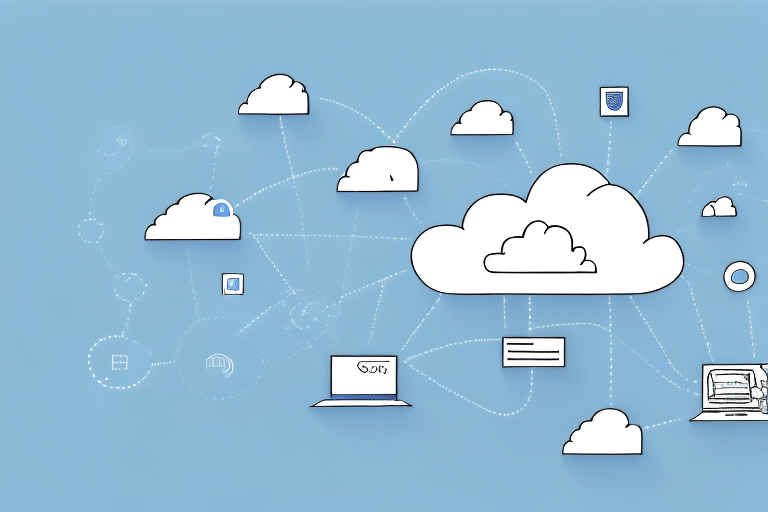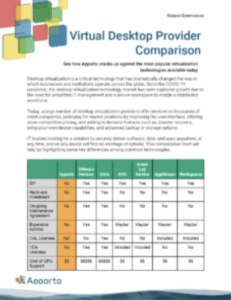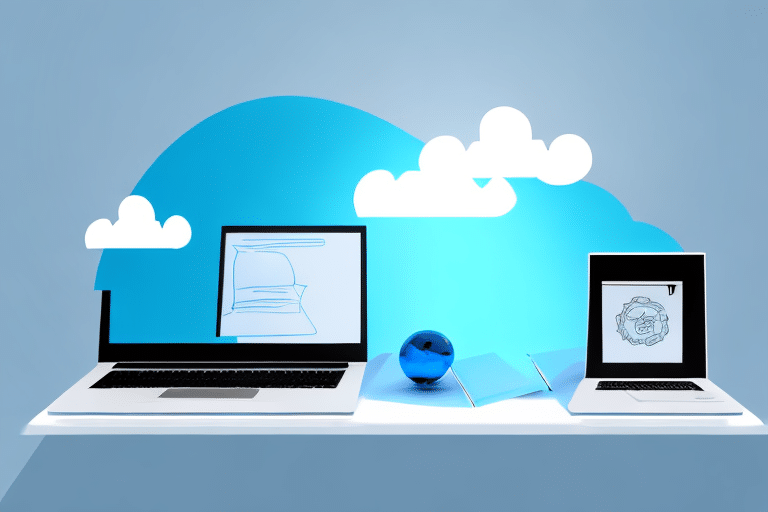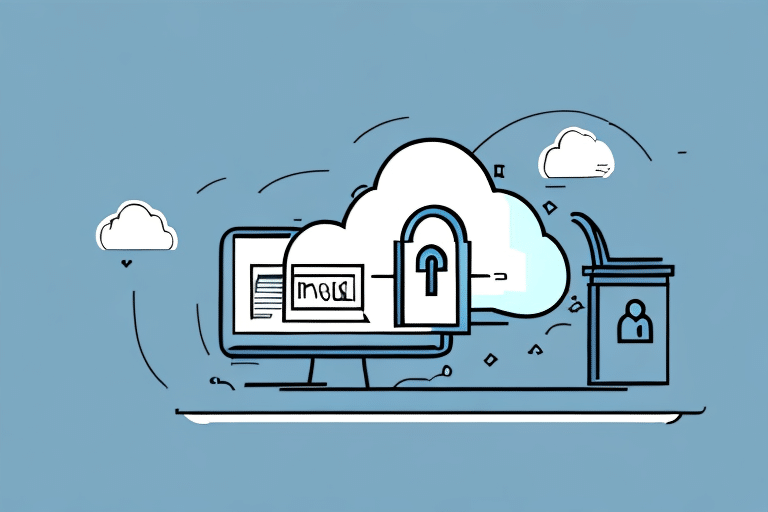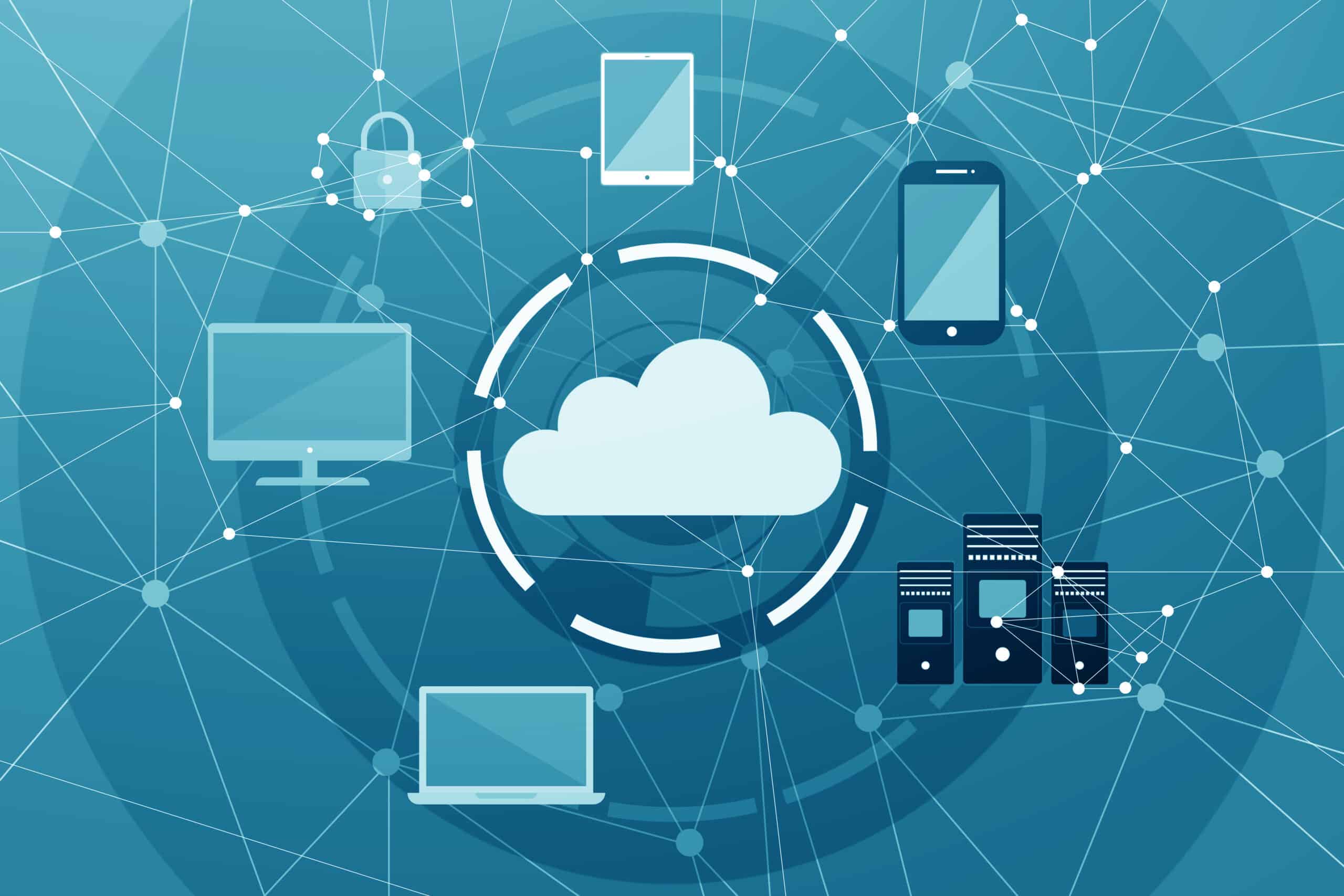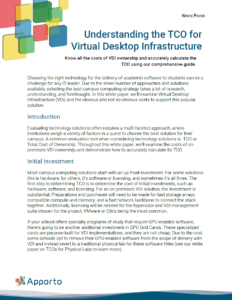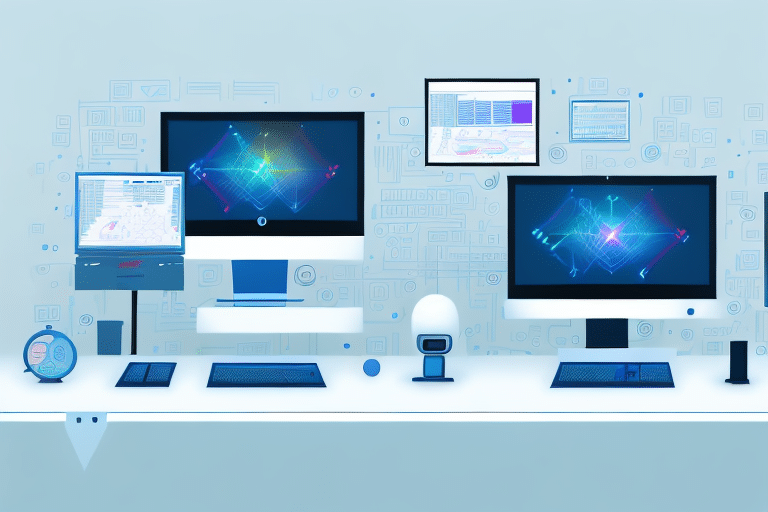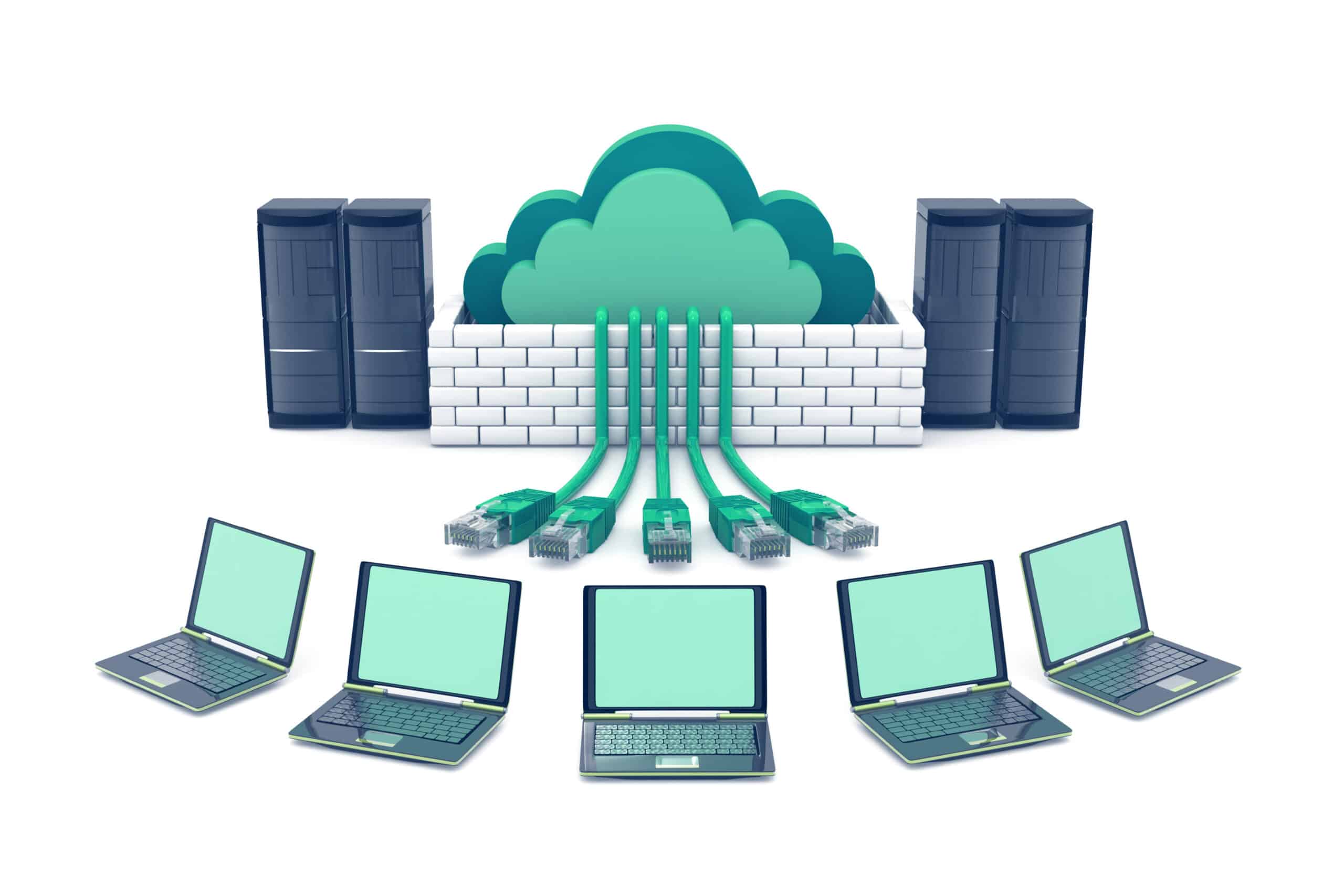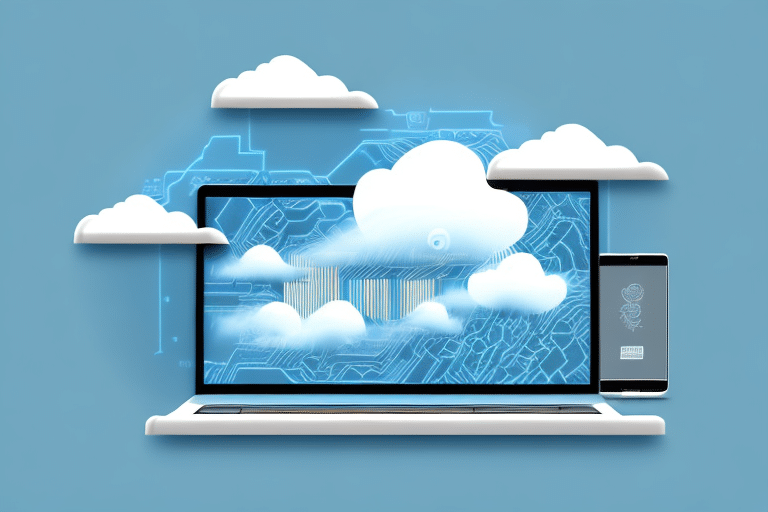The digital revolution is rapidly reshaping the landscape of higher education, offering unprecedented opportunities to enhance learning and tackle challenges in innovative ways. As technology evolves, it increasingly becomes an integral part of universities and colleges, demanding a reevaluation of traditional educational practices. Understanding how these tools can be harnessed for academic enrichment is crucial for institutions aiming to thrive in this transformative era.
In recent years, advancements like AI-powered learning platforms, virtual and augmented reality, and blockchain have shown potential in revolutionizing how educational content is delivered and managed. Such technologies not only promise enhanced student engagement and personalized learning experiences but also equip students for a tech-driven workforce. However, as promising as these developments are, they also bring forth significant challenges such as data privacy, security, and equitable access requiring thoughtful consideration and strategic planning.
This article delves into the myriad possibilities that arise from integrating technology in higher education while candidly addressing the obstacles to implementation. From strategies to overcome existing barriers to fostering an environment of innovation, we explore how educational institutions can adapt and prosper in an increasingly digital world, ultimately paving the path for a dynamic future in academia.
The Role of Technology in Higher Education
Technology plays a crucial role in higher education, enhancing teaching, learning, and administration. It fosters innovation, accessibility, and efficiency in educational institutions. Online collaboration tools enable both synchronous and asynchronous communication, promoting active learning, peer engagement, and teamwork in virtual settings.
Artificial intelligence (AI) and machine learning enhance personalized learning. These technologies adapt content and assessments to fit each student’s learning style. This leads to improved learning outcomes and student success.
Administrative processes have also benefited. Student Information Systems, course registration, and financial aid platforms streamline tasks, saving time and resources.
Furthermore, technology supports research with access to digital libraries, academic databases, and advanced tools like high-performance computing and data analytics.
Benefits of Technology in Higher Education:
- Enhanced Learning: Personalized experiences and flexible formats.
- Improved Admin Processes: Automation and efficiency.
- Research Support: Access to extensive resources and tools.
Incorporating technology in higher education creates richer, more dynamic educational experiences for students and staff alike.
Emerging Technology Trends
Emerging technologies are transforming higher education. New advancements like AI, IoT, and blockchain are changing how students learn and how institutions function. These technologies are paving the way for new tools and methods. They enhance both learning and administration by offering more personalized and efficient processes. Universities are beginning to use these innovations to create richer, more engaging educational experiences.
AI-Powered Learning Platforms
AI-powered learning platforms are reshaping educational practices. They use advanced algorithms to personalize learning for each student. These systems adjust content delivery and pacing to individual needs, fostering deeper engagement. AI tools can automate tasks like admissions, allowing educators to focus on teaching. They also provide real-time feedback, helping students grasp complex topics. By predicting which students might struggle, these platforms enable timely interventions to boost performance.
Virtual and Augmented Reality in Education
Virtual and Augmented Reality (VR and AR) offer immersive learning opportunities. VR creates a fully digital environment, helping students engage in interactive experiences beyond traditional classrooms. Meanwhile, AR overlays digital information onto the real world, enhancing lessons like anatomy with engaging visuals. Together, VR and AR enable deep exploration of subjects, fostering collaboration among students and educators. Implementing these technologies responsibly can improve education without bias.
Blockchain for Secure Data Management
Blockchain is revolutionizing secure data management in education. It offers a tamper-proof ledger that verifies academic credentials and combats fraud. This technology makes the verification of certifications more straightforward and portable between institutions. By using decentralized ledgers, blockchain enhances the security and transparency of academic records. It supports credit transfers between colleges, easing transitions for students. This innovation is crucial for trust in academic data management.
Learning Analytics for Instructional Practices
Learning analytics enhances teaching by analyzing student data. Educators use this information to personalize lessons and improve outcomes. By tracking student interactions and progress, analytics can identify those who may be falling behind. Platforms like Canvas and Blackboard provide insights into student performance, aiding in timely interventions. These capabilities allow for adaptive learning experiences, meeting each student’s unique needs and improving their success in education.
Enhancements through Technology
Technology is reshaping higher education in many exciting ways. Digital tools offer personalized and adaptive learning experiences that cater to individual student needs. Through AI and machine learning, educational content can tailor itself, providing a more customized approach. Online collaboration tools also allow students and instructors to interact seamlessly, fostering teamwork and communication. Furthermore, digital platforms enable students to access educational materials remotely, breaking down geographical barriers. These innovations streamline administrative processes in education institutions, enhancing efficiency. Access to digital libraries and research resources supports advanced scholarly activities, making technology a crucial role in modern higher education.
Student Engagement Boost
Though the direct link between technology and student engagement isn’t clear, innovations significantly reform the educational experience. Tools like Element451 use AI to simplify and personalize student interactions. These platforms facilitate better access to resources, thus boosting engagement. Additionally, digital libraries and academic databases enhance research efforts, enriching the student journey. However, challenges like bureaucratic resistance can hinder the full adoption of these tools. Overcoming such barriers may unlock further potential for higher student engagement.
Personalized Learning Experiences
In higher education, personalized learning experiences are empowered by advanced technologies. AI and machine learning adapt content delivery to match individual learning styles. Platforms like Canvas and Blackboard track student performance, offering insights that allow educators to provide targeted support. Real-time content adjustments enhance comprehension and retention, accommodating diverse student needs. By identifying students who need help early, learning management systems can offer timely interventions. Such personalized approaches ensure student success by optimizing their educational outcomes, providing a tailored and effective learning path.
Preparation for a Tech-Driven Workforce
Preparing students for a technology-driven workforce requires innovative learning models. Online platforms and AI-driven experiences create flexible and tailored educational paths, equipping students with necessary skills. Integrated Learning Management Systems allow for remote access to course materials, ideal for today’s global work settings. Universities play a crucial role in developing technologies integral to a tech-driven economy, particularly in STEAM fields. Yet, they face challenges like resource constraints, necessitating strategic implementation. Understanding data privacy and security is also crucial, highlighting the importance of protecting information. These aspects collectively gear students for success in a tech-centric world.
Challenges of Implementing Technology
Integrating technology in higher education is no small task. Bureaucratic structures and resistance to change slow down innovation. Many schools have limited resources, making it tough to invest in new tech. Additionally, higher education often moves slower due to its cautious approach. This cautious nature does not align well with the fast-paced world of technology. Financial issues add an extra layer of difficulty. With fewer students enrolling each year, schools find it hard to fund tech advancements. Also, the use of e-learning tools, necessary as they are, can be complicated by healthcare technology and changes in curricula. Notably, online assessments have brought up concerns about increased cheating, making some outcomes less positive.
Data Privacy Concerns
Data privacy is a significant concern for educational institutions using technology. As they gather more student data, the risk of breaching privacy grows. It is crucial for schools to use strong security measures to protect this information. Compliance with data protection regulations is not optional; it is a must. Institutions should be open about how they collect and use data. This transparency helps in building trust between students and faculty. Ethical considerations are also important, as they relate to student privacy in a data-driven environment. Communicating clearly about privacy policies strengthens the relationship between the institution and its community.
Security Issues
Security is a priority for higher education institutions integrating technology. They must implement strong security systems to protect sensitive student information while complying with regulations. Communicating clearly about data usage builds trust with students and educators. The rise in data collection raises privacy concerns, so institutions need to adopt strategies for efficient integration. Investing in security doesn’t have to break the bank if done thoughtfully. Using advanced, integrated security technologies like Intel vPro® adds a solid layer of protection for everyone involved, from students to staff. This approach ensures technological progress doesn’t jeopardize financial stability or data security.
Equitable Access to Technology
Equitable access to technology in education remains a challenge. Bureaucratic obstacles and resistance to change often hinder progress. Limited resources add to the difficulty, sometimes making access uneven. However, digital tools like LMS, MOOCs, and microcredentials can bridge these gaps. They help normalize digital learning environments, making higher education more accessible. Technologies such as VR and AR offer immersive experiences and global connectivity for students and educators. These innovations adapt in response to changing learner needs, reducing access disparities. Digital platforms also connect students to real-world projects and employers, aligning education with workforce demands. Adopting technology-driven strategies can thus be a key equalizer in education.
Overcoming Barriers
Digital transformation in higher education is crucial for improving student experiences. However, several barriers make integration difficult. Bureaucratic structures can delay the adoption of new technologies. Institutions often have multiple layers of decision-making, which slows progress. The risk-averse nature of academia also clashes with the fast-paced change needed for technology implementation. Limited funding, especially with declining enrollment, further complicates these efforts. Overcoming these barriers requires strategic planning across various stages. Change management and leadership are essential in creating a culture that embraces innovation. Institutions must work together to overcome these obstacles and embrace technological advancements.
Addressing the Digital Divide
The digital divide in higher education separates those who can easily access technology from those who cannot. This gap can hinder student success, affecting their learning outcomes. To bridge this divide, institutions must prioritize equal access to educational technology. Providing resources such as affordable devices and internet access is vital. Digital literacy programs can also help students and faculty become more adept with online platforms. By investing in these areas, educational institutions can ensure that all students have the opportunity to benefit from digital learning tools.
Budget and Resource Constraints
Budget constraints are a significant barrier to adopting technology in higher education. Faculty often use open-source materials to alleviate financial stress for students. Open Educational Resources (OER) are a cost-effective alternative to traditional textbooks. They help reduce student expenses and make educational content more accessible. Small colleges, in particular, can benefit by adopting affordable digital tools like cloud-based services. However, limited funding often hinders these efforts. Overcoming this requires prioritization and innovation. Institutions can seek partnerships and grants to acquire the necessary resources. Strategic financial planning is key to investing in the right technology and supporting student engagement.
Infrastructure Investment
Investing in technology infrastructure is vital for the future of education institutions. Digital platforms and online learning tools expand access to learning by allowing remote and flexible options. Automation of administrative processes through digital tools improves efficiency. Online collaboration tools enhance student interactions, leading to better learning experiences. Emerging technologies, such as artificial intelligence and machine learning, offer new methodologies for education. Institutions must also prioritize data protection to keep sensitive information safe. Infrastructure investment is not just about the latest tools but also about creating a secure and supportive environment for effective learning experiences.
Cultivating an Innovative Culture
Technology is reshaping higher education by integrating cutting-edge tools like artificial intelligence, virtual reality, augmented reality, and the Internet of Things. These innovations are enhancing teaching and learning experiences. To leverage these technologies effectively, educational institutions must build robust technological infrastructures and invest in faculty development programs. Faculty confidence in using technology encourages adopting new teaching methods, thus fostering a culture of collaboration and innovation. EdTech simplifies administrative tasks while improving teaching techniques and creating interactive learning environments. However, integrating these technologies requires careful assessment of return on investment and tackling privacy concerns due to increased data collection.
Fostering Institutional Adaptability
Technology plays a crucial role in boosting the adaptability of education institutions. By expanding access to learning through digital platforms, these institutions can enhance student engagement and streamline administrative processes. Embracing digital technology prepares students for modern workforce demands, bridging gaps in skills. A strong digital infrastructure supports seamless transitions between in-person and online learning, offering flexibility. Institutions must choose EdTech solutions that integrate well with existing systems, ensuring they effectively foster adaptability. Challenges like high costs and privacy concerns need addressing for successful technology integration. By meeting these, institutions can thrive in an ever-changing educational landscape.
Encouraging Faculty and Staff Training
Investing in faculty development is key to integrating technology in higher education teaching and learning. Training programs, including workshops, online tutorials, and peer mentoring, equip educators with the skills and confidence to use digital tools effectively. As educators grow more adept at using technology, they are more likely to explore innovative teaching methods. This results in improved learning experiences and outcomes for students. Fostering a supportive environment encourages faculty to embrace change. By building capacity in technology use, institutions can drive educational innovation, enriching the teaching and learning landscape of higher education.
Promoting Collaborative Knowledge Sharing
Digital platforms in higher education are vital for facilitating collaboration among students, educators, and researchers globally. Open communication and a culture of experimentation among faculty, staff, and students enhance knowledge sharing. Comprehensive training and professional development support the integration of new technologies, creating collaborative learning environments. Institutions that host workshops and events to promote innovation see significant advancements in knowledge sharing. Meanwhile, data and analytics aid decision-making, improving curricula and student support initiatives. Ultimately, fostering collaborative knowledge sharing cultivates a vibrant academic community committed to innovation and discovery.
Technology-Driven Improvements
In today’s world, technology is changing higher education. The integration of advanced tools is reshaping how institutions deliver content and engage with students. Learning Management Systems (LMS) and online platforms let students access educational materials anytime, anywhere. These platforms, along with innovations like massive open online courses (MOOCs) and flipped classrooms, are revolutionizing the educational experience. They play a crucial role in offering new learning opportunities and personalized learning experiences. However, the path to full technological integration is not without hurdles. Bureaucracy, resistance to change, and resource limitations can impede progress. Yet, technologies such as artificial intelligence and data analytics are helping institutions provide tailored learning experiences. These advancements aim to enhance student engagement and successful learning outcomes. Higher education is thus evolving, meeting the needs of diverse learning styles, and preparing students for the future with real-world projects.
Streamlining Administrative Processes
Technology in higher education is not only enhancing learning but also transforming how institutions operate. Administrative processes benefit greatly from the digital revolution. Systems like Student Information Systems (SIS) and automatic course registration simplify tasks that were once time-consuming. These systems improve efficiency and allow faculty and staff to concentrate more on student success. Financial aid management platforms have also gone digital, making processes easier for both students and administrative staff. By leveraging advanced analytics and AI, colleges can gather actionable insights. These insights enable better resource allocation and operations. Automation decreases administrative burdens significantly, fostering an environment where educators and staff can engage more fully with students. Overall, the streamlined processes lead to a more focused approach in achieving academic excellence.
Enhancing Learning Accessibility
Access to education is becoming increasingly inclusive, thanks to technological advancements. Technology-enhanced features, such as speech-to-text and screen readers, support students with disabilities and remote learners. This fosters an inclusive learning environment across educational institutions. Online courses broaden the reach, enabling students who cannot attend in-person classes to learn. The flexibility of video content and instructional videos allows students to learn at their pace. This promotes understanding and retention, catering to individual learning styles. Digital platforms aid students in staying organized and managing course materials effectively. Personalized learning experiences, backed by adaptive technology, ensure that students grasp concepts thoroughly. This inclusivity not only widens access but also tailors learning to meet the diverse needs of students, ultimately improving their educational outcomes.
Strengthening Student Support Systems
Student support has gained a new dimension with educational technology advancements. These tools offer real-time insights into students’ academic performances and learning patterns. Advisors can tailor their support to students who might have challenges and help strengthen support systems. By utilizing data analytics and predictive modeling, institutions can foresee student needs. This foresight enables effective interventions aimed at boosting student success. Technology designed for students keeps them engaged and supports academic performance better. Instructors, using learning management systems proficiently, can impact student satisfaction positively. By automating administrative tasks, staff gains more time to dedicate to direct student support. This focus on meaningful engagement and personalized assistance ensures that students remain on their academic paths, maximizing their potential for success.
The Future of Technology in Higher Education
The way we learn in higher education is changing rapidly due to technology. New tools and methods are making learning more personal, accessible, and efficient. Technologies like artificial intelligence (AI), the Internet of Things (IoT), and blockchain are helping reshape how education is delivered and experienced. Educational institutions that stay ahead of these changes will better serve their students and society. By using AI and machine learning (ML), schools can offer personalized learning experiences. These technologies analyze data to give real-time feedback, which helps tailor education to each student’s needs. IoT devices are revolutionizing how campuses operate, making them more resource-efficient and interactive. Smart classrooms are leading to more engaging teaching methods.
Potential Long-Term Impacts
Technology in higher education opens up many possibilities for the future. It allows students to access learning opportunities remotely and on their own schedules through online tools and platforms. AI and ML create more adaptive and personalized learning experiences, fitting various learning styles and improving comprehension. Technology also boosts student engagement by using interactive platforms and multimedia resources. This means students can collaborate more and participate actively. Plus, technology streamlines administrative tasks, making them more efficient and precise. This leaves more resources for focusing on student success. As technology continues to evolve, it helps create better learning outcomes and ensures that institutions can meet future demands.
Evolving Educational Landscapes
Digital technologies like AI, VR, AR, and IoT are transforming how education happens. IoT devices not only manage campus resources better but also enhance student experiences, particularly in smart classrooms that optimize teaching methods. Blockchain is improving how academic credentials are verified, making these processes more transparent and secure. Data analytics plays a crucial role in shaping educational strategies, offering targeted support to students and shaping how institutions respond to different needs. The push for more technology in education is about engaging students more effectively and adapting to changing educational landscapes. By adopting these technologies, educational institutions can stay innovative and better prepare students for the future.


